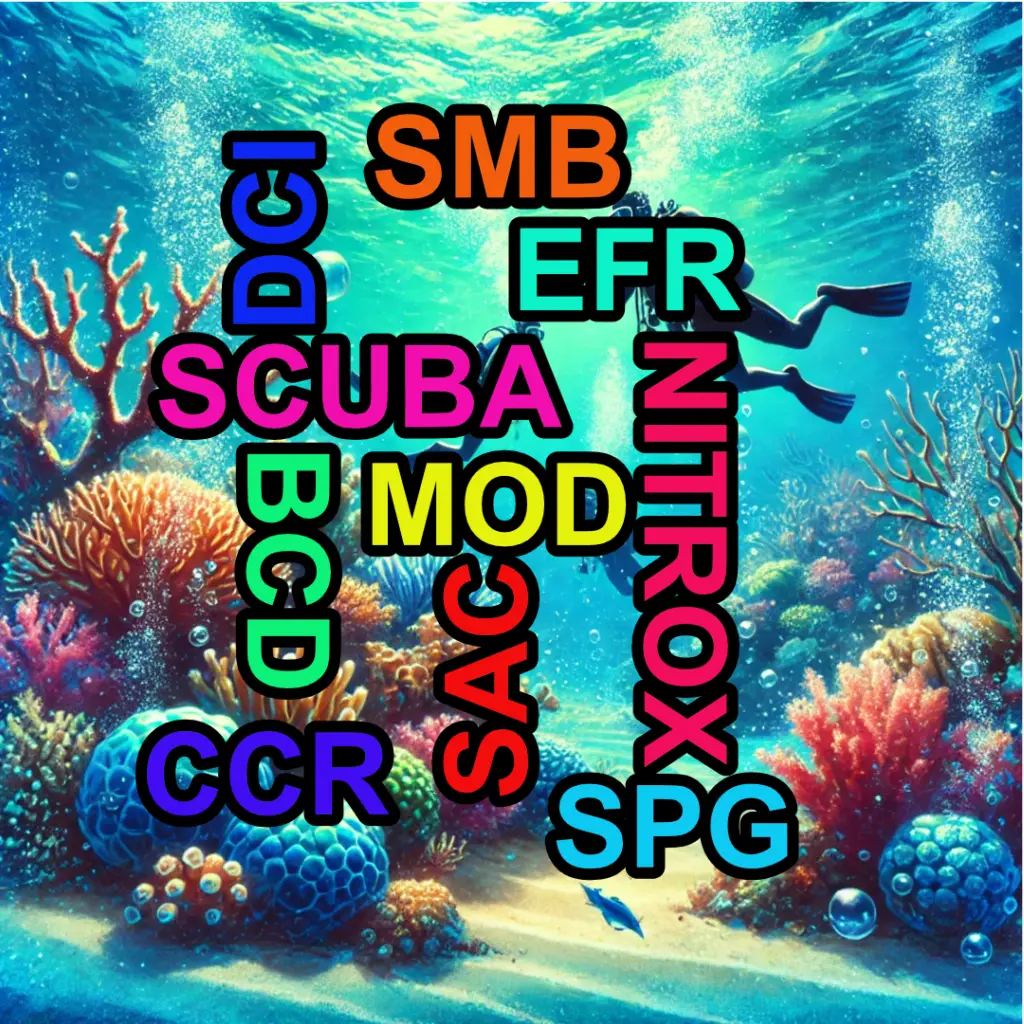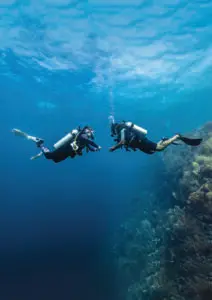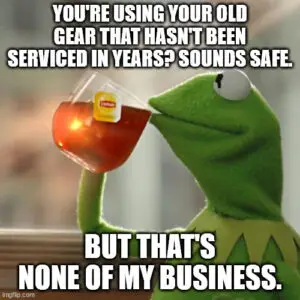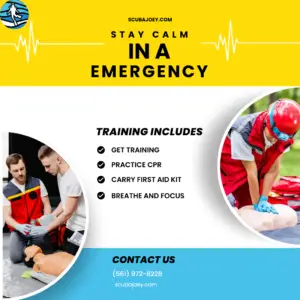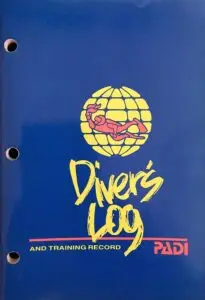30 Scuba Acronyms Every Diver Should Know
If you’ve ever wondered what SCUBA stands for, it’s Self-Contained Underwater Breathing Apparatus—a term coined in the 1930s to describe the revolutionary gear that allows divers to explore the underwater world. But SCUBA is just the tip of the iceberg! Here are 30 key scuba acronyms you should know, whether you’re a beginner or an experienced diver.
Top 30 Scuba Acronyms (And What They Mean)
1. SCUBA – Self-Contained Underwater Breathing Apparatus
The foundation of modern diving, enabling us to breathe underwater using compressed air.
2. PADI – Professional Association of Diving Instructors
The world’s largest, and my preferred, dive training organization offering certifications from beginner to professional levels.
3. SSI – Scuba Schools International
A global dive organization known for its flexible training systems and supportive dive community.
4. NAUI – National Association of Underwater Instructors
One of the oldest scuba training organizations, emphasizing education and safety.
5. SDI – Scuba Diving International
Focused on recreational scuba diving with an emphasis on modern training methods.
6. TDI – Technical Diving International
A leader in advanced and technical diving training for rebreathers, deep dives, and more.
7. BCD – Buoyancy Control Device
The jacket or back plate that allows divers to maintain neutral buoyancy underwater.
8. SPG – Submersible Pressure Gauge
A vital piece of equipment to monitor how much air you have left in your tank.
9. SMB – Surface Marker Buoy
A brightly colored inflatable device to signal your location to boats or surface support.
10. RDP – Recreational Dive Planner
Used to calculate safe dive limits and avoid decompression sickness.
11. NITROX – Nitrogen-Oxygen Mix
A breathing gas blend with less nitrogen than regular air, allowing longer bottom times.
12. MOD – Maximum Operating Depth
The deepest depth a specific breathing gas can be used safely.
13. CNS – Central Nervous System (Toxicity)
A measure of oxygen exposure that divers monitor to avoid oxygen toxicity on deep dives.
14. DSMB – Delayed Surface Marker Buoy
Similar to an SMB but deployed underwater to alert boats before you ascend.
15. OW – Open Water
The beginner-level scuba diving certification course.
16. AOW – Advanced Open Water
A second-level certification for divers looking to expand their skills and dive deeper.
17. RMS – Respiratory Minute Volume
A measure of how much air a diver breathes per minute, important for gas planning.
18. LDS – Local Dive Shop
Your go-to spot for gear, training, and dive community connections.
19. O2 – Oxygen
Essential for breathing and used in emergency first aid for diving injuries.
20. CO2 – Carbon Dioxide
A byproduct of respiration that divers need to expel efficiently while underwater.
21. DPV – Diver Propulsion Vehicle
An underwater scooter that helps divers cover more ground with less effort.
22. SAC – Surface Air Consumption
A measure of how much air a diver uses, critical for gas planning.
23. EANx – Enriched Air Nitrox
Another term for Nitrox, with an emphasis on the oxygen-enriched gas mixture.
24. CCR – Closed-Circuit Rebreather
A type of rebreather system that recycles exhaled gas, allowing extended dive times.
25. DCI – Decompression Illness
A term that includes both decompression sickness and arterial gas embolism.
26. PPO2 – Partial Pressure of Oxygen
A measure of oxygen levels in a breathing mix, critical for technical diving.
27. IDC – Instructor Development Course
The professional-level training course to become a scuba instructor.
28. EFR – Emergency First Response
A course teaching first aid and CPR skills, often required for Rescue Diver certification.
29. FFM – Full-Face Mask
A mask that covers the entire face, commonly used for cold water or communication-enabled diving.
30. DIR – Doing It Right
A diving philosophy emphasizing safety, standardization, and streamlined setups.
Why Knowing Scuba Acronyms Matters
Understanding these acronyms makes navigating the dive world easier, whether you’re reading manuals, planning a dive, or simply chatting with fellow divers. From beginner concepts to technical terminology, these terms build the foundation of scuba diving knowledge.
Ready to explore more? Check out our other blogs for tips, gear reviews, and more diving wisdom!

